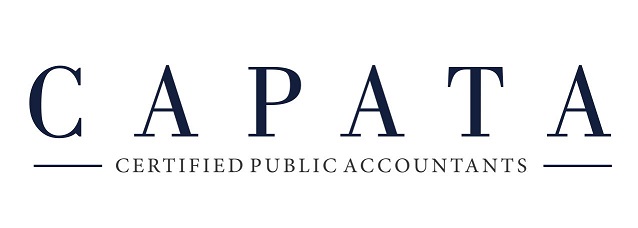Retirement plan contribution limits are indexed for inflation, but with inflation remaining low, most of the limits remain unchanged for 2017. The only limit that has increased from the 2016 level is for contributions to defined contribution plans, which has gone up by $1,000.
| Type of limit |
2017 limit
|
| Elective deferrals to 401(k), 403(b), 457(b)(2) and 457(c)(1) plans |
$18,000
|
| Contributions to defined contribution plans |
$54,000
|
| Contributions to SIMPLEs |
$12,500
|
| Contributions to IRAs |
$5,500
|
| Catch-up contributions to 401(k), 403(b), 457(b)(2) and 457(c)(1) plans |
$6,000
|
| Catch-up contributions to SIMPLEs |
$3,000
|
| Catch-up contributions to IRAs |
$1,000
|
Nevertheless, if you’re not already maxing out your contributions, you still have an opportunity to save more in 2017. And if you turn age 50 in 2017, you can begin to take advantage of catch-up contributions.
However, keep in mind that additional factors may affect how much you’re allowed to contribute (or how much your employer can contribute on your behalf). For example, income-based limits may reduce or eliminate your ability to make Roth IRA contributions or to make deductible traditional IRA contributions. If you have questions about how much you can contribute to tax-advantaged retirement plans in 2017, check with us.





